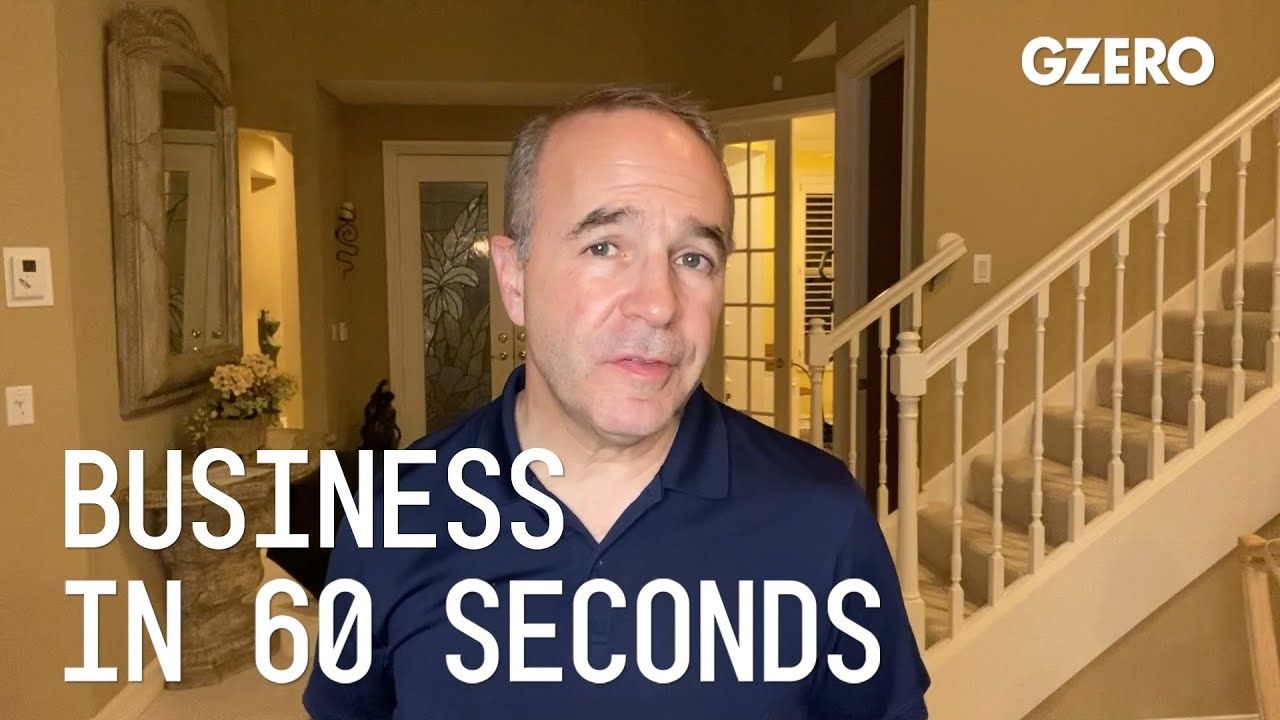In 60 Seconds
How should businesses prioritize during the COVID-19 pandemic?

Business Priorities: Employees, Customers, then Cash | Business In :60 | GZERO Media

Kevin Sneader, global managing partner for McKinsey & Company, provides perspective on what corporate business leaders are thinking during the global coronavirus crisis: How does business think about the many conflicting forces that it faces in the midst of this global health pandemic?
Well, I think the answer in one level is simple, care for your employees, your customers and cash in that order. First, I've heard some ask, is there a tradeoff that needs to be made between caring for employees and caring for the business? I think it's very hard to see a business that success in the future if it's not grounded in care for its employees. So, I believe the first priority is indeed to exercise that care for employees. Secondly, customers are of course, the lifeblood of any business. So, that has to be the second priority, care for your customers. And be caring for them now will be returned in loyalty, later. The third, of course, is cash. To be resilient, to be able to withstand the challenge now being faced. Many businesses are facing inordinate economic challenges. Well, that's why cash is king, again. It's so important to find ways to maximize cash and to maintain cash. But let me be clear, it's the third in the hierarchy I just presented. So, care for your employees, care for your customers, care for cash, and try to follow that order.
Gotta maximize sleigh-holder value. #PUPPETREGIME
On Ask Ian, Ian Bremmer breaks down the steady escalation of US pressure on Venezuela and why direct military action is now a real possibility.
From civil conflicts to trade wars to the rise of new technologies, GZERO runs through the stories that have shaped this year in geopolitics.
Ukrainian intelligence services assassinated a senior Russian general on the streets of Moscow on Monday, detonating a bomb strapped to his car.